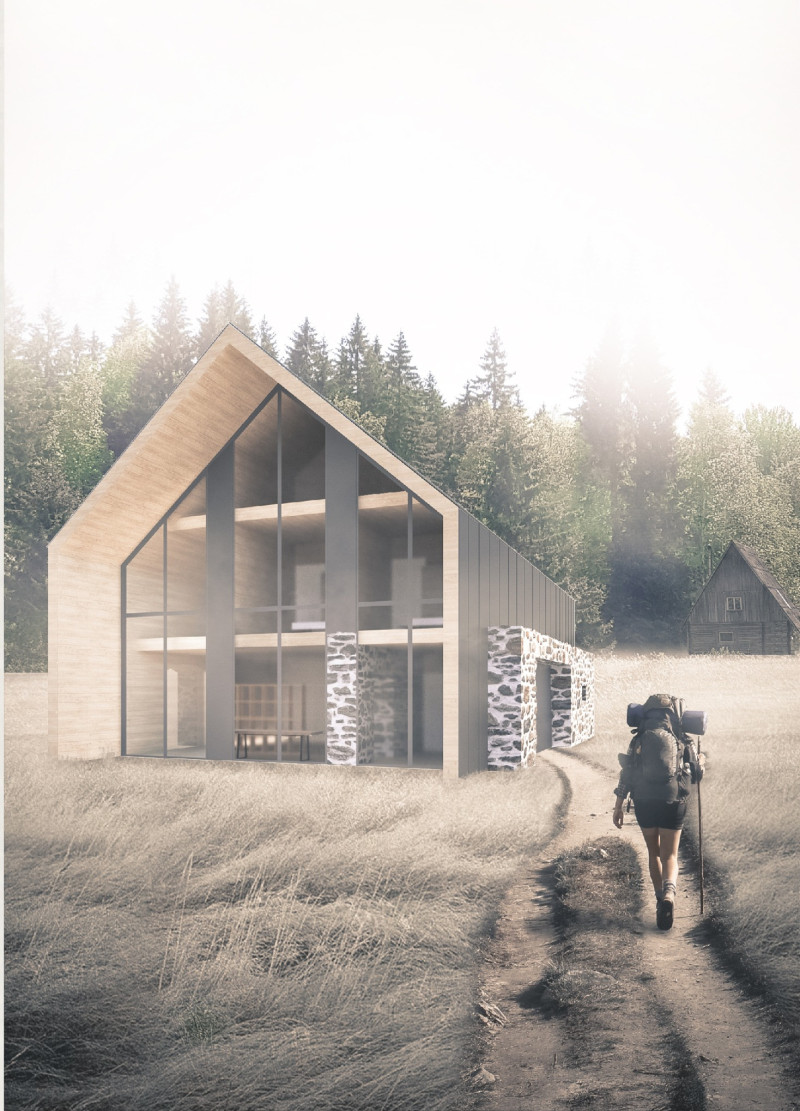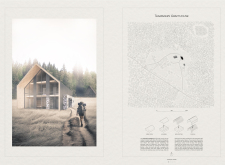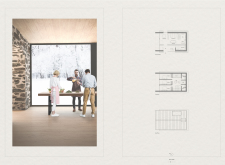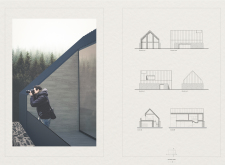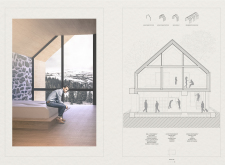5 key facts about this project
The Teamakers Grafthouse is located in a setting that highlights a connection to nature. It aims to adapt an existing structure to accommodate modern needs while keeping its historical features intact. The overall design concept focuses on achieving a balance between functionality and aesthetics, allowing the building to serve its users and relate to the landscape around it.
Architectural Concept
At the heart of the design is the idea of preserving the original building while implementing new elements. The project keeps the perimeter walls, which helps maintain a sense of continuity with the past. A wooden frame structure is added, which provides flexibility for the internal spaces. This careful blending of old and new creates a cohesive architectural narrative.
Spatial Organization
The arrangement of spaces within the building is divided into public and private areas. The ground floor is designed for shared activities, featuring a reception area, workshop spaces, and living areas. This setup encourages interaction and supports various activities, making it suitable for community use. In contrast, the upper floor houses private bedrooms, thoughtfully placed to ensure privacy for residents.
Natural Light and Environmental Considerations
A key element of the design includes two patios on the roof, which contribute to the natural lighting of the common areas. These outdoor spaces enhance the indoor environment while connecting occupants to the outside world. The design features openings primarily on the north side, allowing for views of the landscape while reducing heat loss during winter. This approach supports energy efficiency in the overall design.
Material Palette
The project uses a wooden frame structure along with sheet metal for its cladding. This material choice provides durability and aligns with a modern aesthetic, while still respecting the traditional style of the original building. The combination of materials strengthens the overall character and integrates the building into its natural surroundings.
Up on the roof, the patios offer seating areas that invite occupants to relax and enjoy views of the landscape. They serve as peaceful retreats, enhancing the connection to nature and creating a space for reflection.


